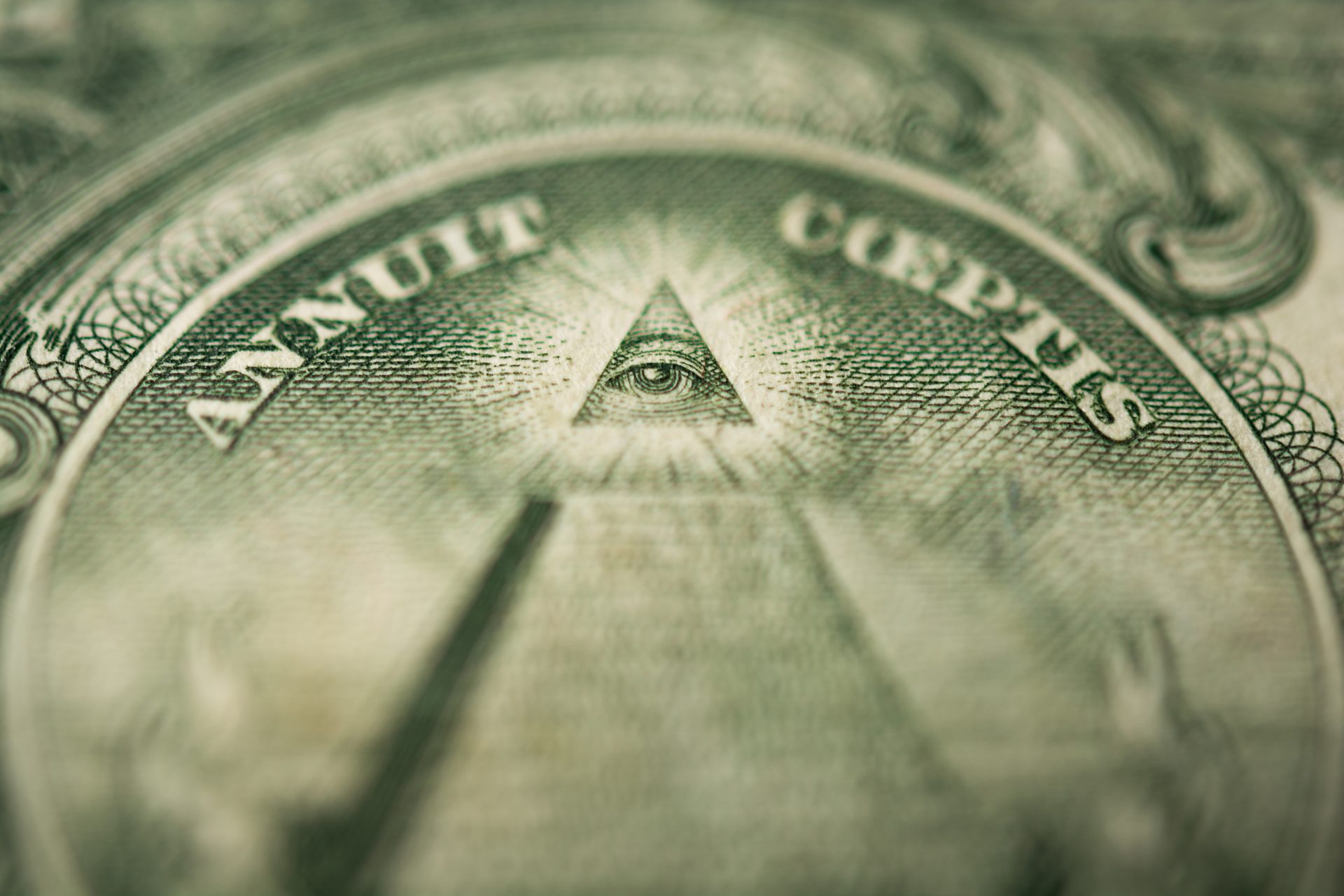Revealing the Key Benefit of Joining Freemason for Lifelong Connections
Wiki Article
Discover the Keys Behind the copyright and Their Impact on Culture
The copyright, frequently shrouded in misconception and conjecture, presents a remarkable study of how historic perfects can morph into modern-day conspiracy theory concepts. Established in the middle of the Enlightenment's embrace of factor, this secret culture intended to test the status quo, yet it has actually since become associated with concepts of surprise power and control. As we discover its beginnings, impact on advanced thought, and representation in contemporary culture, we begin to reveal the layers of intrigue that continue to captivate society. What remains unclear, however, is how these perceptions form our understanding of authority and transparency today.Origins of the copyright
The copyright, often shrouded in secret and speculation, traces its beginnings back to the late 18th century. Established in 1776 in Ingolstadt, Bavaria, the team was started by Adam Weishaupt, a professor of canon regulation. Weishaupt aimed to advertise Enlightenment values, including reason, secularism, and the splitting up of church and state. Understood as the Bavarian copyright, the company's primary objective was to counter the prevailing impact of religious dogma and advertise intellectual discussion amongst its participants.The copyright took on a hierarchical framework, drawing motivation from Freemasonry, which enabled for secretive conferences and rituals - how to become a freemason. Membership was discerning, including prominent numbers from various areas, consisting of national politics, ideology, and science. This elite network sought to effect social and political adjustment through private means, advocating for the rights of individuals and the improvement of culture
Despite its fairly brief presence, the Bavarian copyright was officially dissolved in 1785 as a result of federal government reductions. Its legacy endured, providing rise to countless conspiracy concepts and popular society referrals that proceed to provoke intrigue and argument concerning its influence on contemporary society.
Key Misconceptions and Misunderstandings
In the middle of the appeal of secrecy surrounding the copyright, various misconceptions and mistaken beliefs have actually emerged, usually distorting the group's true nature and purposes. One prevalent myth recommends that the copyright controls the world's governments and economic situations. While it is true that the team intended to influence social frameworks, the concept that it operates as a cohesive international creature master is mostly exaggerated.One more typical misunderstanding is that all participants of the copyright have large wide range and power. Actually, the original copyright consisted of pundits and Knowledge thinkers, a number of whom sought reform instead of dominance. The idea that the copyright solely recruits celebrities and political figures is misleading; membership has actually traditionally consisted of a diverse variety of people.
Additionally, conspiracy concepts typically paint the copyright as a malevolent organization intent on global domination via wicked ways. Hence, dividing reality from fiction is essential for a more clear understanding of the copyright's role in culture.
Historic Impact on Culture
Throughout background, different intellectual movements have greatly influenced social frameworks, and the copyright played a considerable duty during the Knowledge. Started in 1776 in Bavaria, the copyright intended to promote reason, secularism, and the questioning of established authority, countering the supremacy of religious dogma. This organization attracted prominent thinkers and advocates of liberty, cultivating an environment helpful to the dissemination of Knowledge perfects.The copyright's values promoted rational thought and empirical proof, which added to the more comprehensive intellectual landscape that motivated social reform and political adjustment. Members sought to improve culture by promoting for education and learning, civil liberty, and the separation of church and state. Their private nature and ambitious program stimulated both intrigue and uncertainty, bring about their eventual reductions by the Bavarian government in 1785.
In spite of their dissolution, the heritage of the copyright lingered, affecting revolutionary motions across Europe and the Americas. Their commitment to knowledge concepts assisted lay the foundation for modern-day autonomous suitables and civils rights, leaving a lasting imprint on the foundations of modern culture. how to become a freemason. The appeal of their deceptive gatherings and thoughtful pursuits remains to astound the creativity, emphasizing their historical relevance
Modern Interpretations and Beliefs
Contemporary analyses of the copyright frequently mix historic fact with conspiracy theory concepts, producing a complex tapestry of beliefs that catch preferred creative imagination. While the original copyright was a Bavarian secret society started in 1776 with Knowledge ideals, modern-day beliefs have helpful hints actually progressed to include a large selection of analyses, usually concentrating on themes of control and secrecy.
Additionally, some modern-day analyses assume that the copyright acts as a metaphor for the battle in between knowledge and ignorance, with supporters advertising awareness and important thinking as a method to combat perceived injustice. This duality-- seeing the copyright as both a literal and symbolic entity-- illustrates the continuous attraction with the idea, reflecting deeper social anxiousness about power, transparency, and individual autonomy in the contemporary world.
The copyright in Pop Culture
The copyright has actually penetrated various facets of prominent culture, materializing in literary works, movie, music, and art as an icon of intrigue and enigma. This secret society, commonly represented as a shadowy pressure manipulating worldwide occasions, has actually influenced numerous stories that check out themes of power, conspiracy theory, and surprise find knowledge.
Music, also, has actually been influenced by the concept of the copyright. Musicians like Jay-Z and Beyoncé have actually encountered supposition concerning their affiliations with the society, prompting discussions about meaning in their work and the nature of fame.
Aesthetic art frequently integrates copyright motifs, with musicians using signs like the Eye of Divine superintendence and the pyramid to evoke a sense of mystery. Through these different mediums, the copyright serves not just as a subject of conjecture but additionally as a lens whereby culture examines its very own intricacies and fears.
Verdict

Report this wiki page